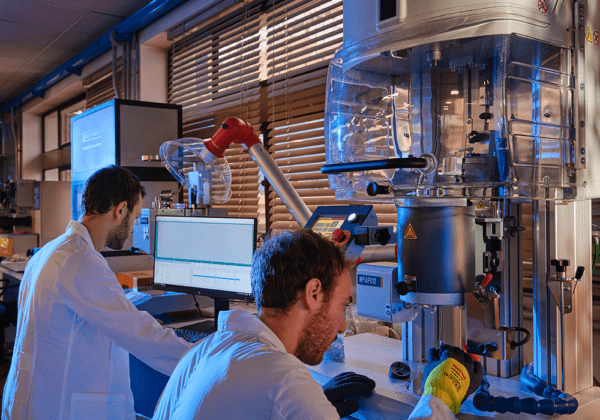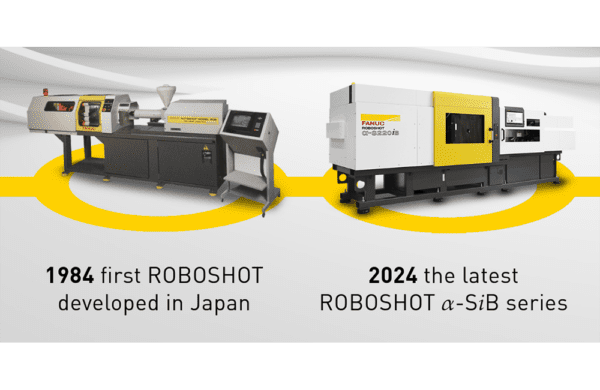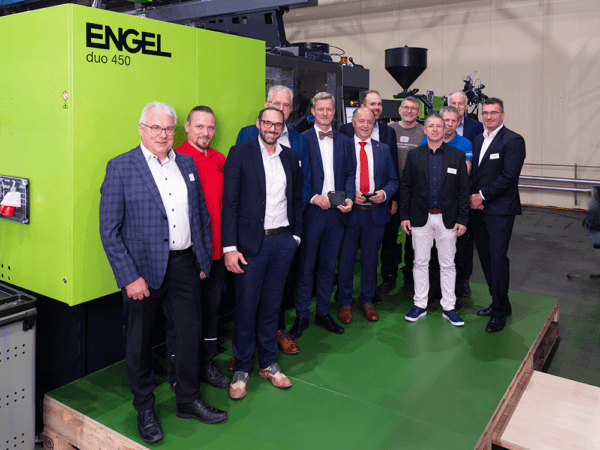
Ledwell Plastics Blog | Vacuum Forming vs Injection Moulding
|
Getting your Trinity Audio player ready...
|
When it comes to plastic manufacturing, choosing the right method is critical. In this blog, Ledwell Plastics dive into the pros and cons of vacuum forming and injection moulding, helping you determine the best method for your plastic manufacturing project.
What is Vacuum Forming?
Vacuum forming is a simplified version of thermoforming where a plastic sheet is heated until pliable, and then shaped over a mould using vacuum pressure. This method is excellent for creating large, lightweight parts with intricate details and smooth finishes.
Advantages of Vacuum Forming:
- Cost-Effective for Low Volumes: Tooling costs are relatively low, making it ideal for small to medium production runs.
- Quick Turnaround: The process is straightforward, offering faster production times.
- Versatility: Suitable for a wide range of shapes and sizes.
- Material Variety: Works with various thermoplastics like ABS, PVC, and polycarbonate.
Common Applications for Vacuum Forming:
- Packaging trays
- Automotive parts
- Medical device enclosures
- Point-of-sale displays
What is Injection Moulding?
Injection moulding involves melting plastic pellets and injecting the molten material into a mould cavity under high pressure. The plastic cools and solidifies into the desired part. This method is known for its precision and ability to produce complex, high-quality parts consistently.
Advantages of Injection Moulding:
- High Precision and Consistency: Ideal for intricate designs and detailed features.
- Efficiency for High Volumes: Cost-effective for large production runs.
- Material Strength: Produces stronger, more durable parts.
- Automation: Highly automated, increasing production efficiency.
Common Applications for Injection Moulding:
- Consumer electronics housings
- Medical components
- Automotive parts
- Household goods
For low to medium production volumes and budget constraints, vacuum forming is often the better choice due to its lower tooling costs and faster setup times. For high production volumes, injection moulding becomes more economical despite higher initial tooling expenses.
If your project requires intricate details, precise tolerances, or complex geometries, injection moulding is the superior option. For simpler shapes or larger parts where precision is less critical, vacuum forming is more suitable.
Consider the material properties required for your application. Injection moulding provides a broader range of materials with higher strength and durability. Vacuum forming materials are typically lighter and offer sufficient strength for many applications but may not match the durability of injection moulded parts.
Why Choose Ledwell Plastics?
With over 50 years of experience in the plastic manufacturing industry, Ledwell Plastics has built a reputation for excellence. Based in Leicester, we are proud to serve the Leicestershire area and beyond. Our team is dedicated to providing high-quality, cost-effective solutions tailored to your specific needs.
Final thoughts:
Choosing between vacuum forming and injection moulding depends on various factors, including volume, budget, design complexity, and material requirements. By understanding the strengths and limitations of each method, you can make an informed decision that ensures the success of your project. Need help with vacuum forming or injection moulding for your next project? Contact us today to discuss your requirements and find the perfect solution.
Read more news from Ledwell Plastics here.
Ledwell Plastics
0116 276 6221
Website
Email






